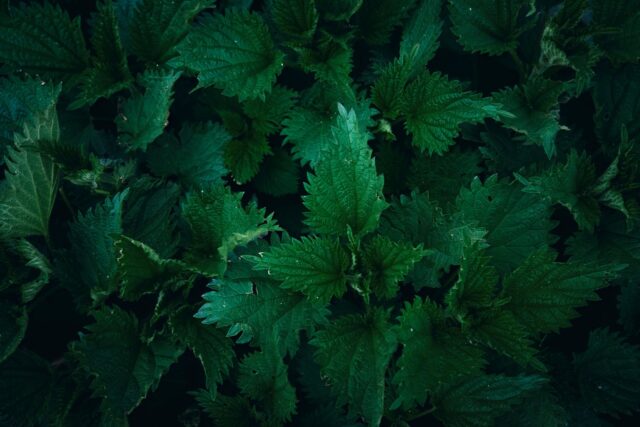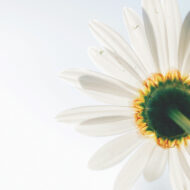
By The Herbal Academy
With the upward trend toward holistic approaches to wellness, nature can offer a simple, sustainable approach to reducing allergy symptoms. Certain herbs can be helpful alternatives to over-the-counter antihistamines and support a more balanced response to seasonal allergies.
Plants specific to allergy symptom support—antihistamines and mast cell stabilizers—are believed to help desensitize the body to pollen and other allergens by calming the immune system. In short, mast cells are found in the body’s tissues that are exposed to the outside world and are the part of the immune system that is trained to react to particles that make their way into the body. But some people’s mast cells overreact to the pollen floating from the flowers in springtime by releasing an overabundance of histamine, and cause all the signs of seasonal allergies. This explains why one person may be fine when the weather turns, while another is suffering from sneezing, itching, red eyes and congestion that comes with this overreactivity. From herbal teas to tinctures, dietary supplements and other botanical extracts, plants can be utilized to stabilize the mast cells, soothe inflammation and reduce congestion.

Herbal Support With Nettle
A favorite among herbalists during allergy season is a long infusion of nettle (Urtica dioica) leaves, which is frequently used to support the body in cases of hay fever. The love of nettles during allergy season is most likely due to the herb’s anti-inflammatory action and mast cell stabilizing prowess. When creating a nettle infusion for allergy support, steep nettle leaves for a minimum of four hours (up to 12 hours) to ensure the extraction of these beneficial properties.
Also known as stinging nettle, this nutritive herb has been used as a detoxifying spring tonic throughout history. Mild and slightly salty in taste, nettle is chock-full of nutrients and can be drunk or eaten daily. Nettle has nourishing and energizing properties, and is said to be beneficial for cleansing, blood building and allergy support. For convenience, you can also look for freeze-dried nettle available in capsule form. Another way to use nettle is an herbal steam. Not only can this reduce allergy-related congestion, it’s also great for the skin.
Spring Facial Steam
Reduce congestion and reveal a fresh glow to the skin by stimulating blood flow, opening the pores and encouraging the release of impurities with a gentle steam.
Ingredients
¼ cup dried nettle (Urtica dioica) leaf
¼ cup dried calendula (Calendula officinalis) flower
¼ cup dried chamomile (Matricaria chamomilla) flower
⅛ cup dried lavender (Lavandula spp.) flower bud
⅛ cup dried red clover (Trifolium pratense) flower
⅛ cup dried violet (Viola spp.) flower
Directions
- Combine all herbs together and mix well. Place mixture in a labeled, airtight, dry glass jar and store in a cool, dark location such as a cupboard.
- Bring a pot of water (about 4 quarts) to a boil, then carefully pour hot water into a large, heat-safe bowl (glass, ceramic or stainless steel).
- Add 1/2 cup of the herb mixture to the bowl and stir briefly with a spoon. Sit with your face at a comfortable distance (approximately 6 to 12 inches) above the bowl, and cover your head and the bowl with a towel or blanket to capture the steam.
- Steam your skin for about 5 to 10 minutes, then quickly rinse with cool water to tighten pores.
Supplements are another option for natural allergy support. Quercetin, made from flavonoids found in fruits and vegetables, has been found to inhibit the release of histamine (the mediator of allergic responses). By incorporating quercetin-rich foods such as green tea, dark-colored berries and citrus into your diet, you might also find the severity of your allergy symptoms naturally reduced.
Curious about creating your own herbal preparations for allergy relief at home? Consider exploring the craft through a global leader in herbalism education, the Herbal Academy. Its Introductory Herbal Course is a popular foundational program that teaches a robust holistic approach and how to make herbal formulations—from teas and tinctures, to salves and oils for wellness—all from the comfort of your own kitchen.








